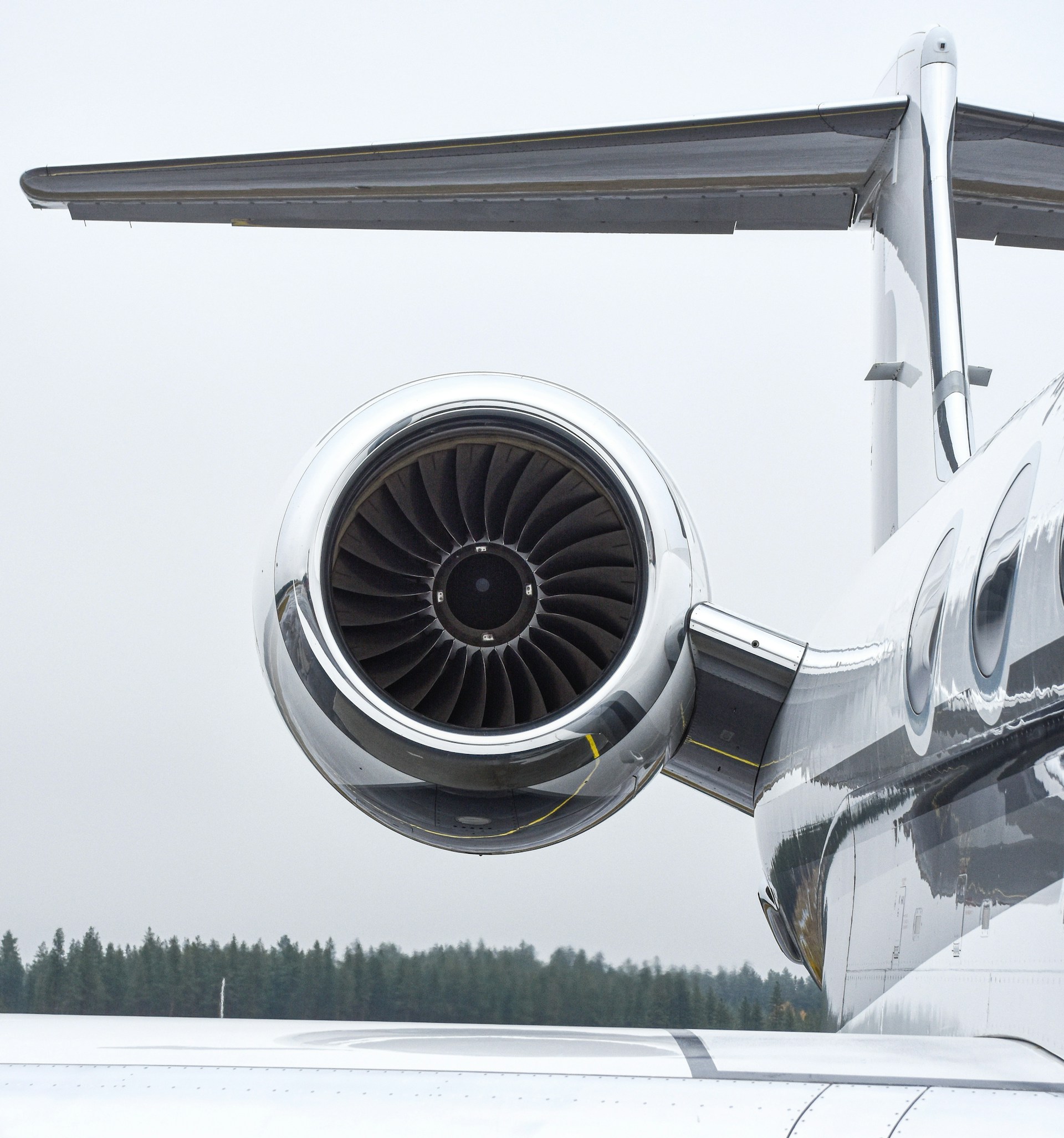Private aviation companies specialise in providing on-demand air travel services to individuals and organisations. Unlike commercial airlines, which operate scheduled flights with multiple passengers, private aviation companies offer customised itineraries based on the client’s needs, where the clients can enjoy a high level of privacy and comfort.
So as to achieve profitability, private aviation companies need to ensure that all the costs for the specific charters are being recovered through the charter price paid by the client.
The expenses incurred by private aviation companies may be grouped into the following 4 categories.
- ACMI
- Direct Variable Flight Costs
- Indirect Fixed Costs
- Other Enterprise Costs
ACMI
ACMI is a common acronym that is frequently used in the aviation industry, and which refers to four main pillars of costs that are grouped together. These pillars include:
Aircraft: this represents the cost of the lease of the aircraft, if such aircraft is being leased from another party.
Crew: this includes fixed salaries for crew members.
Maintenance: this refers to scheduled preventive maintenance only, and
Insurance – this includes insurance of both the aircraft and of the crew.
The above costs are direct fixed costs which will be incurred even if no flights are carried out. Due to the nature of these expenses, companies should be able to estimate these costs at the start of the year as such costs are not linked to the number of charters booked.
Companies can calculate the ACMI rate per hour, being the fixed cost per flight hour.
The budgeted flight hours for the year may be based on internally prepared budgets and expected activity for the year. The number of flight hours considered for this calculation should be the minimum and most practical in terms of resources to ensure costs per hour are not understated.
By multiplying the ACMI rate by the number of flight hours for the specific charter, companies can ensure that they are recovering all the direct fixed costs related to the charter.
Direct Variable Flight Costs
These costs are directly related to specific charters and vary according to the flight hours flown, passengers on board, and the distances flown. These include,
- Fuel
- Crew – positioning, wages, allowances, accommodation
- Catering & cleaning
- Overflight & overnight charges
- Landing & handling charges
When quoting, companies would need to consider all variable factors including,
- Number of flight hours, overnight stops and flight legs;
- Number of personnel required for the flight and their wage rate, as well as overnight and allowance rate;
- Price variations in different jurisdictions for costs such as fuel, landing fees, overnight charges.
Considering the above costs with the related variable factor, companies may derive the total variable cost directly relating to the charter.
Indirect Fixed Costs
These are costs which will be incurred regardless of the flight hours completed and are not related to a specific charter. These include,
- Unscheduled Maintenance
- Crew Training
- Inspections/Checks
Other Enterprise Costs
This category includes ordinary business expenses that are not directly related to the aircraft. These include,
- Professional and consultancy fees
- Bank fees
- Administrative costs
Indirect fixed costs and other enterprise costs are typically recovered by means of a mark-up (on the direct and variable costs) since these costs cannot be allocated to a specific charter or client.
Companies should also factor in any charter specific costs to the price charged to clients, such as,
- Brokers’ Commissions.
- Empty Leg Flights: These flights typically happen when an aircraft needs to reposition to another location for its next scheduled flight or to return to its home base after dropping off passengers at their destination. Therefore, empty leg flights do not generate revenue directly because there are no paying passengers on board. However, they still incur operational costs such as fuel, crew wages and maintenance expenses.
- Additional Services or Amenities provided: These may include in-flight entertainment, Wi-Fi connectivity, accommodating specific dietary preferences or hiring a private chef.
Finally, when quoting, private aviation companies should also consider the following,
- Seasonality: Companies may afford to charge higher prices in high seasons with lower prices in low seasons.
- Demand: Charging a surplus where demand is higher and supply is limited. Charging discounted rates for last minute bookings or bookings in periods when aircraft is idle.
- Current Market Rates: Companies should monitor competitors’ pricing to ensure that they are not under or over charging and risk losing profits or business.
- Regulatory Compliance & Taxes: Safety regulations, air control regulations, taxes/VAT applicable in the different jurisdictions
Careful forecasting of annual flight hours, based on historical data, market demand and operational capacity is essential. Underestimating or overestimating flight hours can lead to either underutilisation of resources or service disruptions caused by overbooking.
Accurate re-charging of costs, coupled with the implementation of a suitable mark-up strategy will ensure that private aviation companies are awarded with profitability, even with the high running costs that they tend to incur.

Lisa Apap
Accounting Senior Team Leader




